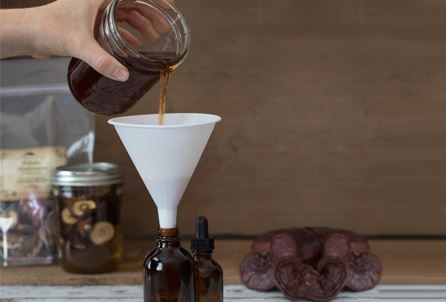Extraction process

The process must generally be simple, fast, economic, in compliance with the local regulation, effective and selective when needed. However, certain steps may require a long time of process.
The process must generally be simple, fast, economic, in compliance with the local regulation, effective and selective when needed. However, certain steps may require a long time of process.
Pressing: One of the more usual extraction (the morning orange juice), pressing may be used complementary or prior to other process, for instance to prepare the materials, defat it, etc…It causes mechanical perturbation and gives a liquid product.
Distillation and hydro-distillation: By direct heating or steam, this process is mainly used for oils and volatile components. It may cause degradation (oxidation, hydrolysis, enzymatic reaction, ….)
Solid / Liquid extraction: It consist in the extraction or separation of one active or more from solid materials working on the solubility in a liquid to obtain the soluble part and the insoluble part, or fractionation of an homogenous solution. The typical Solid / Liquid extractions are :
•Maceration: solid in solvent, room temperature
•Digestion: solid in solvent, over room temperature, below ebullition
•Decoction (=reflux): solid in solvent, temperature of ebullition
•infusion (teas) : solid in liquid at temperature of ebullition, then cooling of the suspension
•Elution, leaching (Lixiviation) : solvent goes through the solid
•Lixiviation: always with cold, fresh and new solvent
•Percolation: solvent goes on and through the solid
